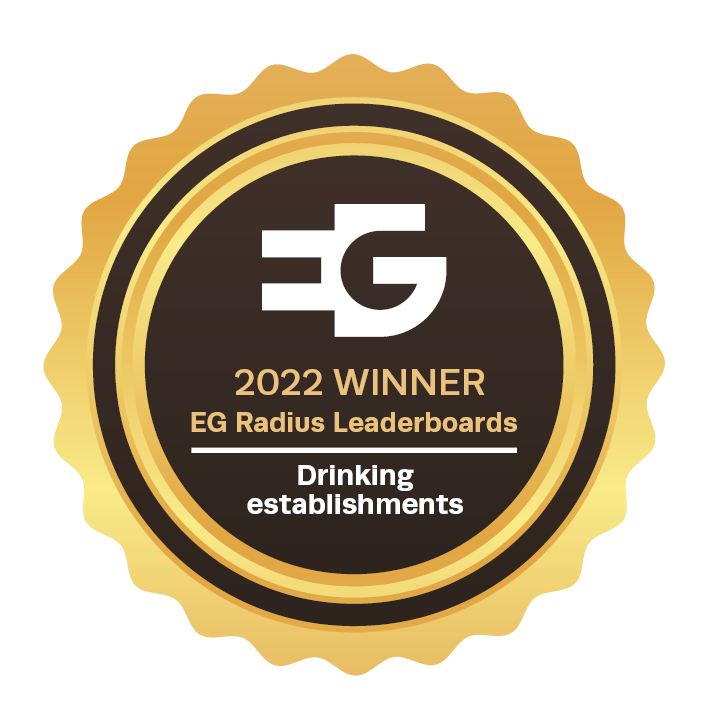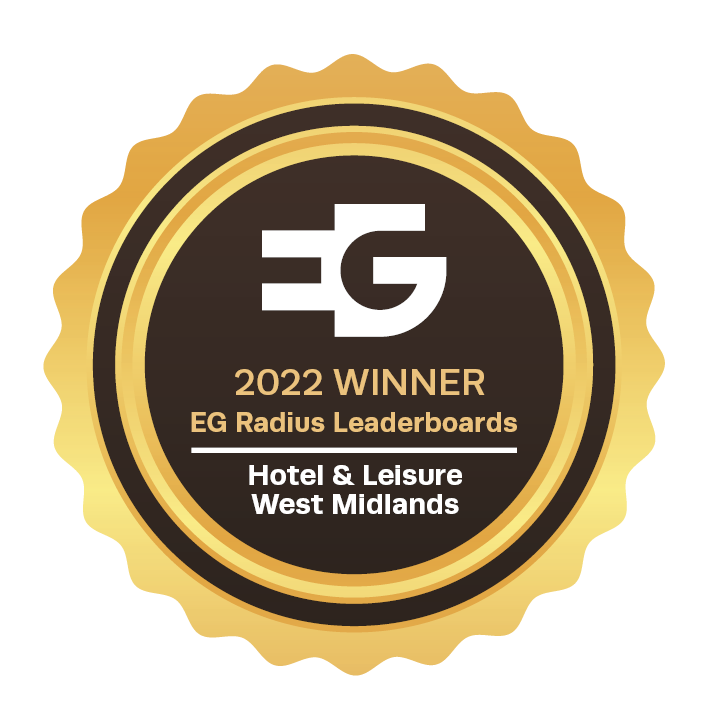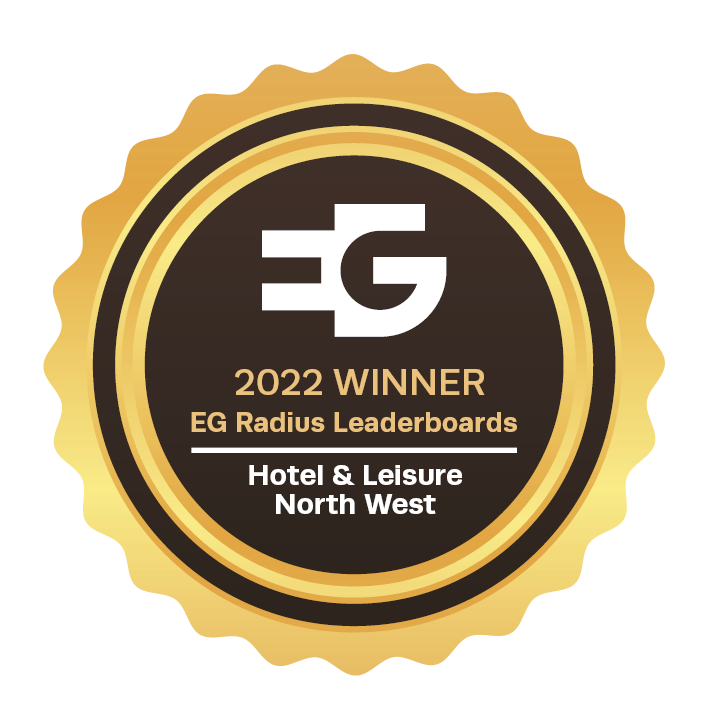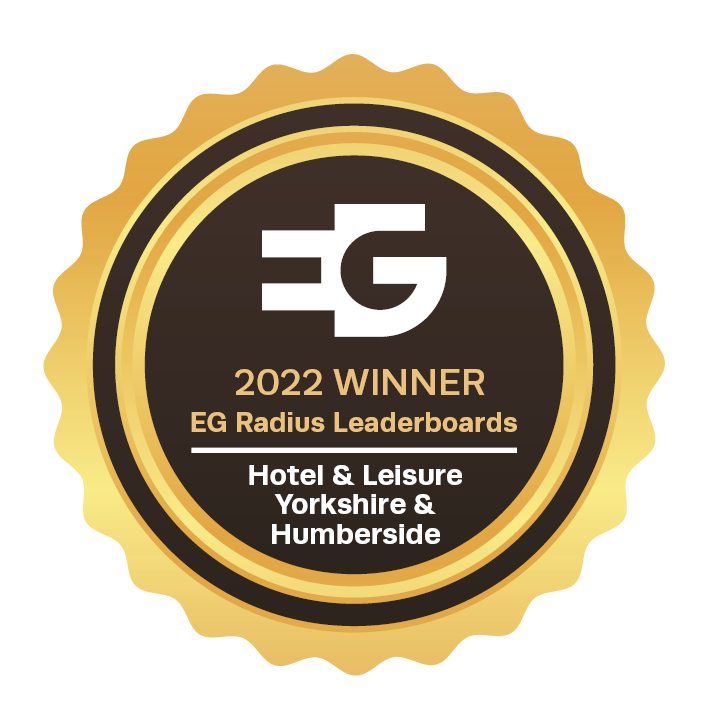Liverpool Leisure Property Focus
05/02/2015
Click here to download the full Liverpool Leisure Property Focus.
In 2007 Liverpool celebrated its 800th Anniversary. The city's main period of growth was during the 18th, 19th and early 20th Century when it developed into a major port. The city was at the forefront of world trade with it being one of the main links into the Americas and the West Indies. In the post war period Liverpool perhaps suffered more than most when industry and employment declined within the city. Despite this, Liverpool's resilience shone through and with the help of both Central and Local Government initiatives it is now a vibrant and thriving modern city.
Introduction
In 2007 Liverpool celebrated its 800th anniversary. The city's main period of growth was during the 18th,19th and early 20th Century when it developed into a major port. Liverpool was at the forefront of world trade with it being one of the main links into the Americas and the West Indies. In the post war period, Liverpool perhaps suffered more than most when industry andemployment began to decline. It developed a poor reputation for trade relations and was frequently at the forefront of strike action. The city suffered from a lack of investment and was in poor health.
Despite this, the resilience of Liverpool shone through and with the help of both Central and Local Government initiatives the city is now vibrant and thriving, boasting a resident population of 466,415, together with over 70,000 students studying at the city's three universities.
The regeneration of the city arguably commenced in the 1980's with the redevelopment of the Albert Dock; the largest single collection of Grade I listed buildings in the UK. This accelerated with Liverpool being awarded the European Capital of Culture in 2008. In the years leading upto 2008 the city benefitted from major infrastructure investments, which continue to this day. This has been seen by many as the catalyst for many of the current developments within the city centre.
During this period Liverpool One was developed. This major retail, leisure and residential scheme saw an investment of over £1 billion in what was a major regeneration of 42 acres of underutilised land within the city centre. The scheme opened in 2008. This development has helped turn around Liverpool's fortunes and is now a major retail and tourist destination withinthe city. Liverpool is now the 5th most popular UK destination for international visitors and in 2013 was the 8th most popular destination for all domestic visitors with 1.47 million overnight visits.
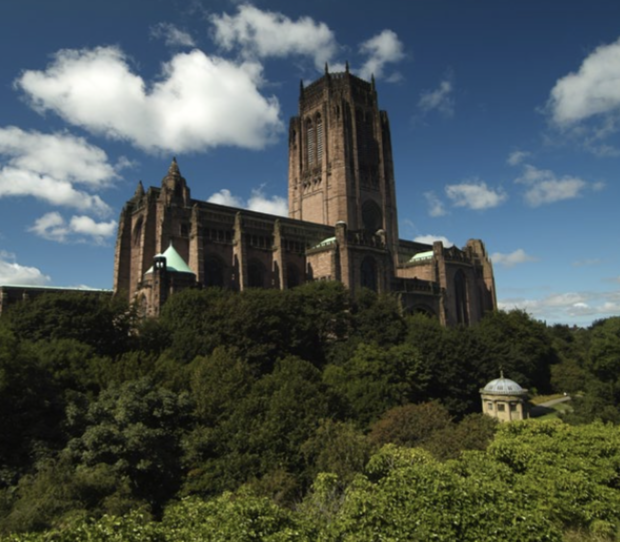
Most people, when asked what Liverpool is famous for, usually list the Beatles connection and its two premiership football teams, Everton and Liverpool. Liverpool is also home to the world famous Grand National which is held at Aintree Racecourse every spring. Last year's Open Golf Championship was held at Hoylake. These events have all helped keep the city in thenational and international limelight.
Other notable attractions now include Royal Liverpool Philharmonic Orchestra, Tate Modern and the Echo Arena, which regularly hosts rock concerts. The annual Mathew Street Festival is Europe's largest free live music event, and there are a number of other museums and theatres within the city centre.
Going forward one of the biggest new developments planned is the redevelopment of the former Cain's Brewery site into a major destination leisure venue. The Peel Group has recently received outline consent for its £5 billion Liverpool Waters long term development.

Hotels
Some commentators say the Liverpool hotel market has changed more than any other majorUK city, with 65% of Liverpool's rooms opening since 2000. Of these, 70% are branded.According to HOTSTATS Market Review June 2014, Liverpool's hoteliers have experiencedimproving trading conditions with increases in GOP PAR (total gross operating profit for theperiod divided by the available rooms for the period) of 5.1% for the rolling 12 months to June.
The HOTSTATS Market Review also comments that hoteliers managed to increase their gross profit conversion from 34.7% to 36.2% by efficient operating cost control and a decline in payroll.
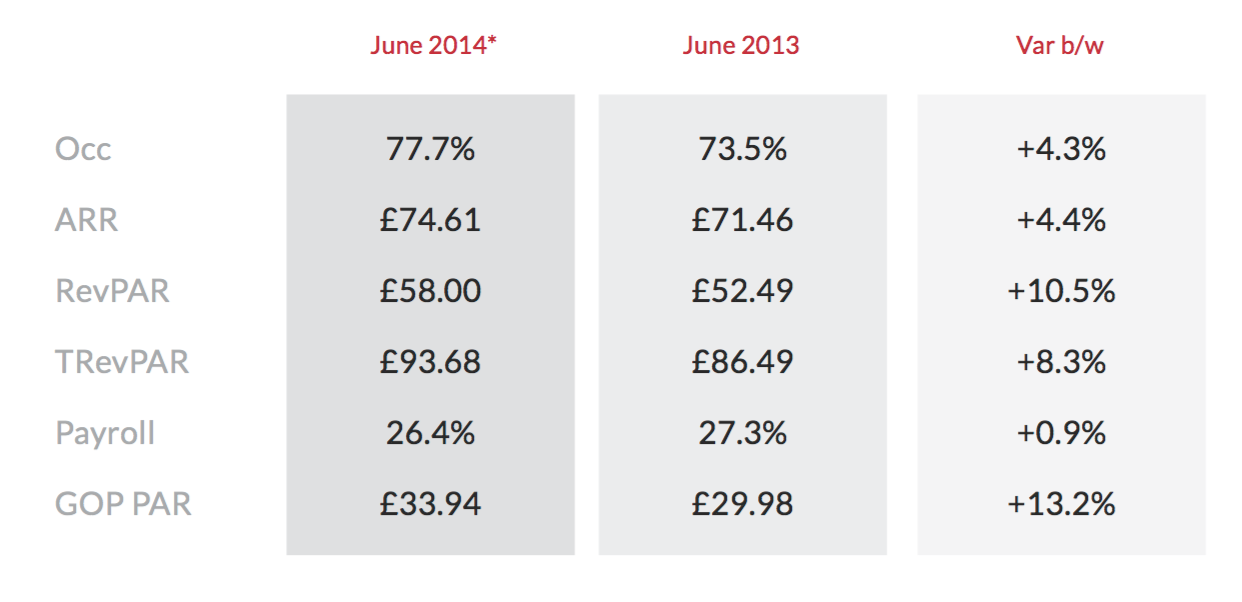
Deals
Liverpool Council has announced they have purchased the derelict Royal Insurance building to bring it back into use. This historical landmark building was reportedly purchased for £1.95 million.
Starwood Hotels and Resorts Worldwide Inc have announced they will be bringing their design Aloft brand to the city. This will be a 166 room 4 Star boutique style Aloft hotel, opening in 2014.
A 209-bed Novotel which is leased to Accor, was sold for £13.15 millions with the assetgenerating an investor return of £1.04 million in 2013.
Malmaison Liverpool and the Liverpool Marriot Hotel were sold as part of the portfolio transaction in 2013.
Titanic Hotel, a 153-bed luxury hotel opens in the Autumn and is located in the North Warehouse at Stanley Dock.
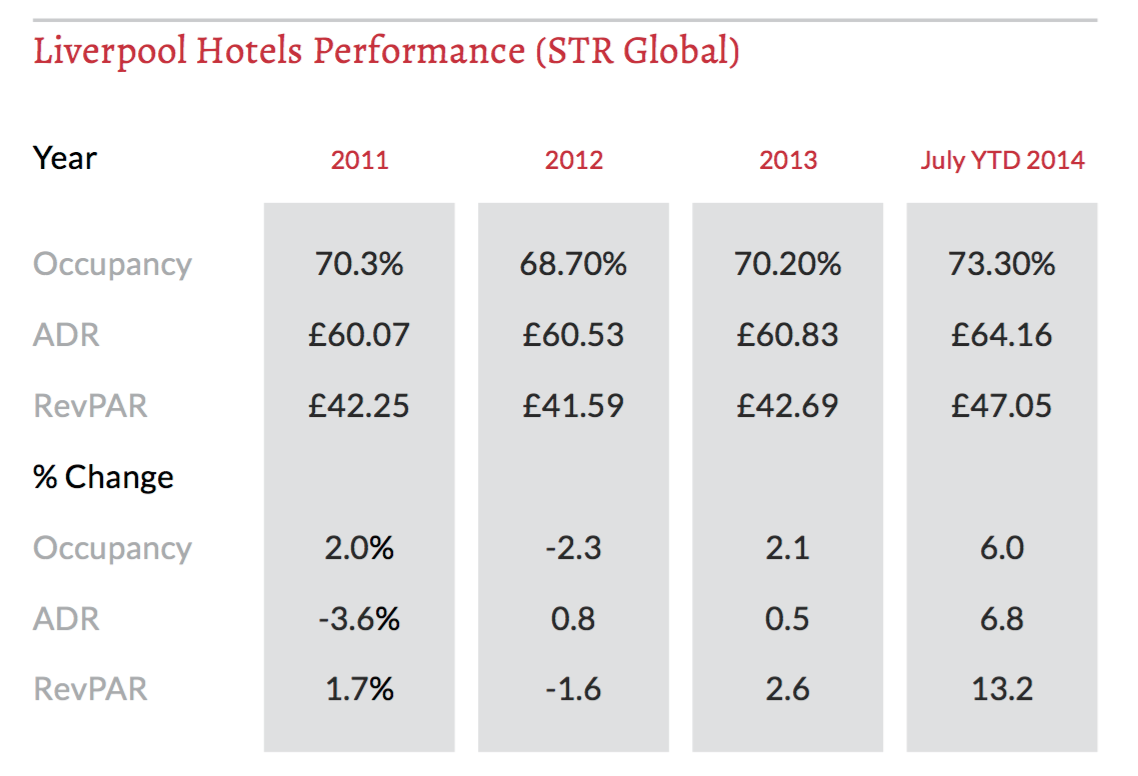
Pubs & Bars
Liverpool offers a wide variety of pubs and bars, which have evolved over the past 20 years. Historically, as with many other city centres, the majority of the city centre pubs were wet led hostelries. During the 1990's, Liverpool developed a number of bar circuits. The original circuit was around the Cavern Quarter, which houses the world famous Cavern Club. Many of the bars in this area are independent and reflect the music heritage of the city.
Elsewhere, Concert Square circuit evolved in an area on the edge of the main retail area. Many of the bars and clubs have been developed in former warehouses. This is now the major late night circuit with many of the city's major nightclub being located there.
The other main circuit is around Queens Square, which is a major modern development, including operators such as Yates's, Wetherspoons and a number of branded food outlets.
Elsewhere there are a number of bars in the Albert Dock and further afield Lark Lane in Aigburth has a good mix of bars and restaurants.
Overall Liverpool has the usual mix of known national branded operators such as Yates's and J D Wetherspoon, however the market is dominated by independent operators.
Deals
Fleurets has sold the freehold investments in two sites; Ruby Sky in Concert Square andWilliam Gladstone on North John Street.
The freehold of the Lime Kiln was sold for £1,97 million. J D Wetherspoon are the tenants and the deal represented an initial yield of 6.72%.
Celebrity Chef Simon Rimmer and the former owners of Revolution Bars, Roy Ellis and Neil Macleod, have recently taken over the Elephant at Woolton in a joint investment. They have created an upmarket pub/restaurant.
BrewDog opened a new bar in the Ropewalks in November.
The Head of Steam in Liverpool's Lime St railway station has been sold to JD Wetherspoon in an off market deal which concluded 18th December 2014. The deal increases JD Wetherspoon's presence in Liverpool city centre to five units and is a vote of confidence in the city's leisure economy.
Restaurants
Liverpool is one of the most vibrant and lively cities in the UK and the city's restaurant scene reflects this.
Given the city's past as a bustling port, the city has a history of immigrant communities. Indeed, Europe's oldest Chinese community can be found in Liverpool, and the best Chinese cuisine can be found in China Town with establishments such as the New Star, Tai Pan or Yuet Ben.
With Liverpool's growth as a tourist and leisure destination, all the major restaurant chains are now represented in developments such as Liverpool One and the Albert Dock. These include the likes of established operators Miller & Carter, Pizza Express and Café Rouge, with new outlets frequently opening such as Bills and Browns earlier in 2014.
As you would expect of a city that has a reputation for enjoying a good time, there is also no shortage of stylish yet informal restaurants which attract a glamorous and fashionable clientele, but Liverpool is also a destination for the serious foodie.
The Michelin starred Fraiche in Oxton (over the water on The Wirral) was voted number one in the Sunday Times Top 100 Restaurants list 2014 and Catalan restaurant Lunya was voted Readers' Restaurant of the Year for the North West by the Waitrose Good Food Guide.
One of the best restaurant destinations in the city centre is Hope Street and the area close to the University where one would find popular establishments such as 60 Hope Street, TheLondon Carriage Works, Pushka and The Side Door.
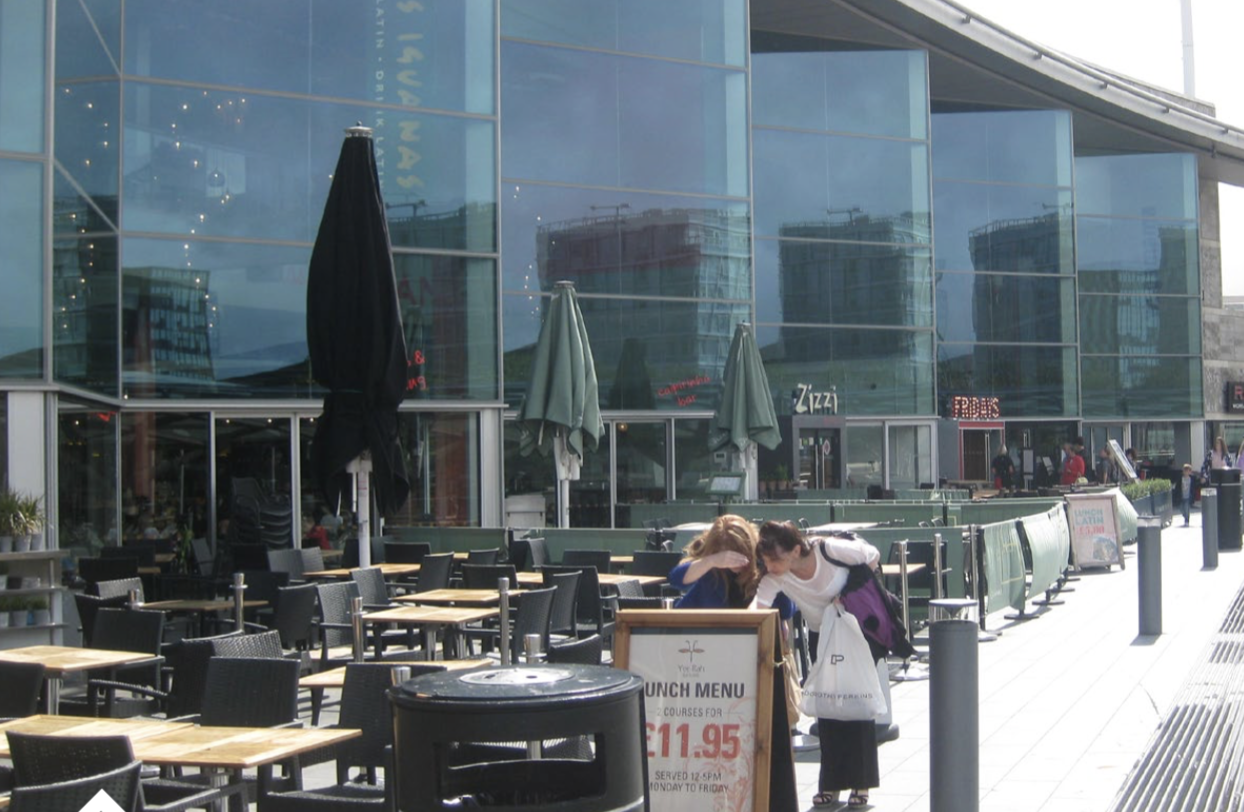
Restaurants in the new Liverpool One shopping Centre
Leisure & Night Clubs
In Liverpool has always been known as having a vibrant nightlife. All this goes back to the 1960's when The famous Cavern Club, originally a jazz club, developed into one of the main live rock n'roll venues in the country, and Liverpool was arguably at the centre of the world's music scene. In its heyday acts such as The Beetles and Cilla Black were performing there. Theclub eventually closed in 1973 to make way for the city's underground rail system. A replacement club reopened in 1984 built to the original design.
During the 1990's the biggest club night in Liverpool was Cream, holding dance nights at the Nation Club on Wolstenholme Square. Cream became one of the biggest brands in nightclubs operating out of venues in Ibiza and then spreading worldwide. Cream is still behind the Creamfields festival held in Warrington every year.
As with many towns and cities Liverpool has seen nightclubs come and go. This is partly as a result of direct competition from bars with late licences, but also changing tastes. However, good clubs still continue to thrive. A prime example is the award winning Chibuku, a club that has been going for nearly 14 years and continues to be at the forefront of pushing musical boundaries.
Other clubs include the ever popular Garlands situated off Dale Street, which is popular in the LGBT community. Alma de Cuba has established itself within a Grade II Listed former Polish church on Seel Street, and many of the original architectural features including murals and the altar have all been retained to give this club a unique feel.
Recent arrivals in the city include Level, opening in August 2014: at 2,600 capacity this is now the largest club in Liverpool. Club Aura, with a 2000 capacity, opened in 2013 and at that time held the record as the largest club in town.
Magnet Club on Hardman Street closed in 2013 but re-opened in 2014 and now incorporates a comedy club in the basement.
Elsewhere established clubs such as Baa Bar, Korova, Krazy House and The Camel Club all continue to thrive, confirming Liverpool as one of the top venues in the country for a night out.
One of the biggest leisure developments over recent years has been the building of the Echo Arena at King's Dock. The 12,000 capacity venue opened in 2008 and has hosted many events. These have included rock concerts featuring artists such as Paul MacCartney, Kylie, Lady Gaga and Beyoncé. Other events to be held there include BBC Sports Personality of the Year, MOBO Awards and Davies Cup Tennis.
